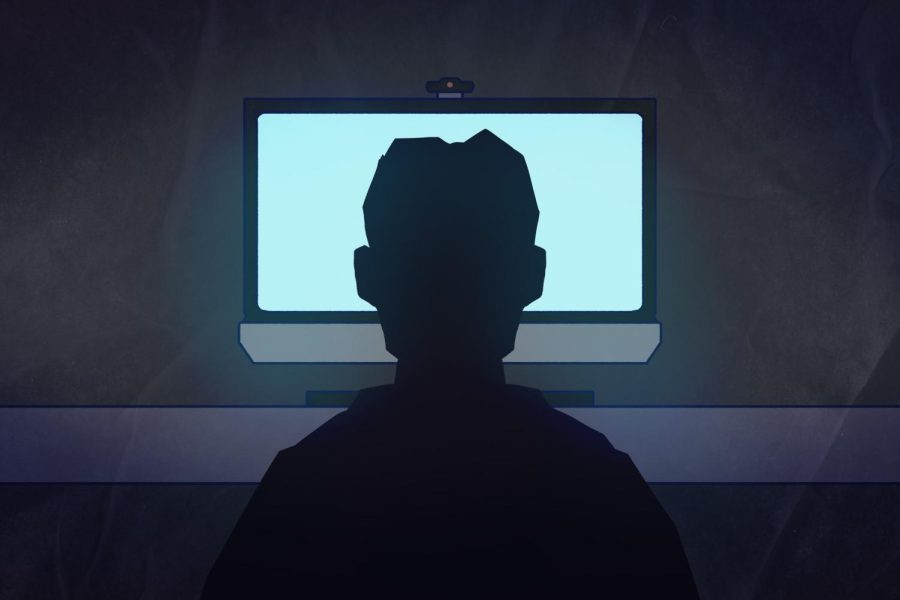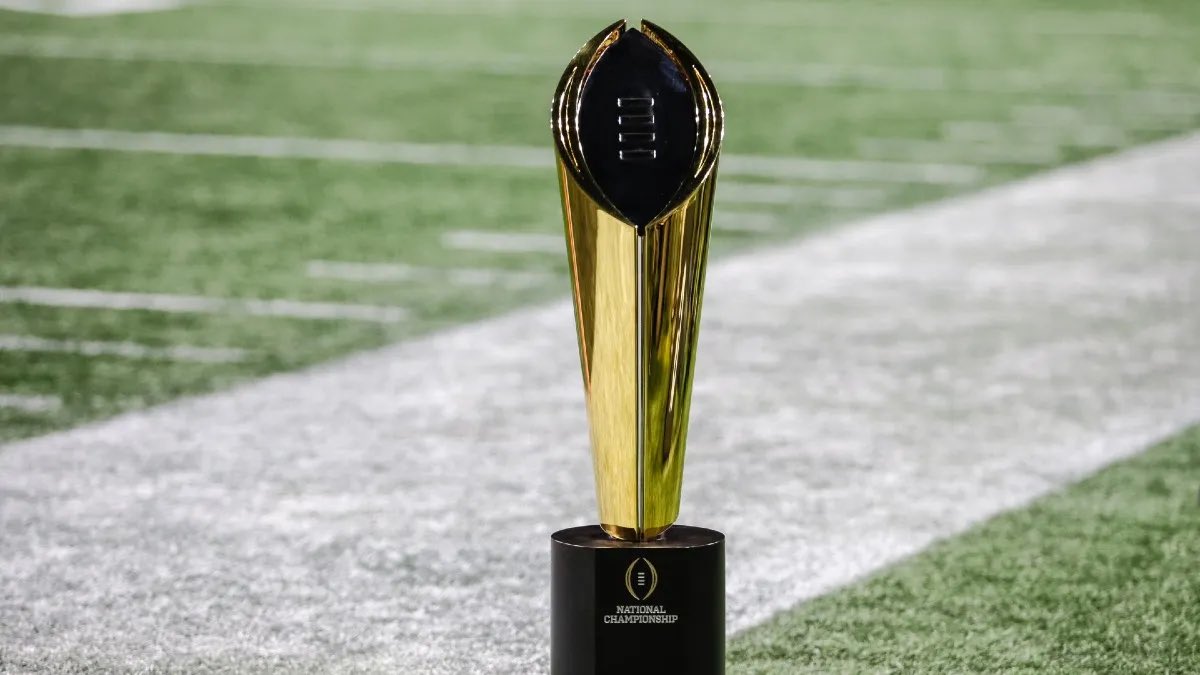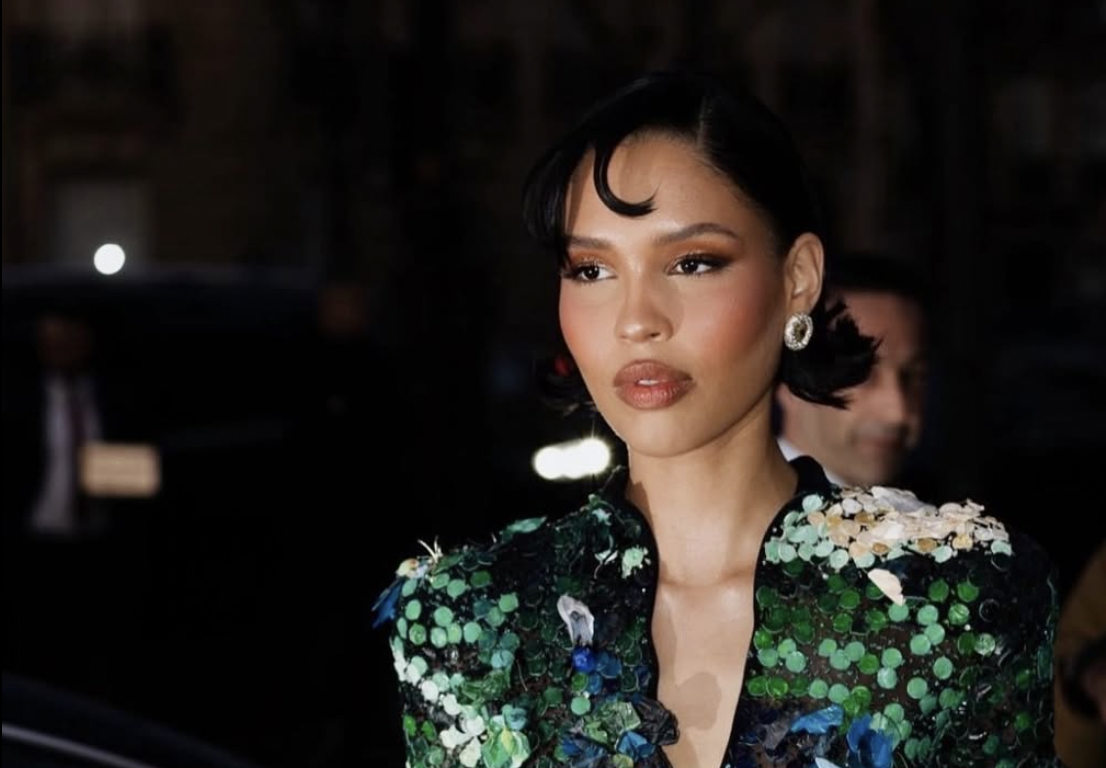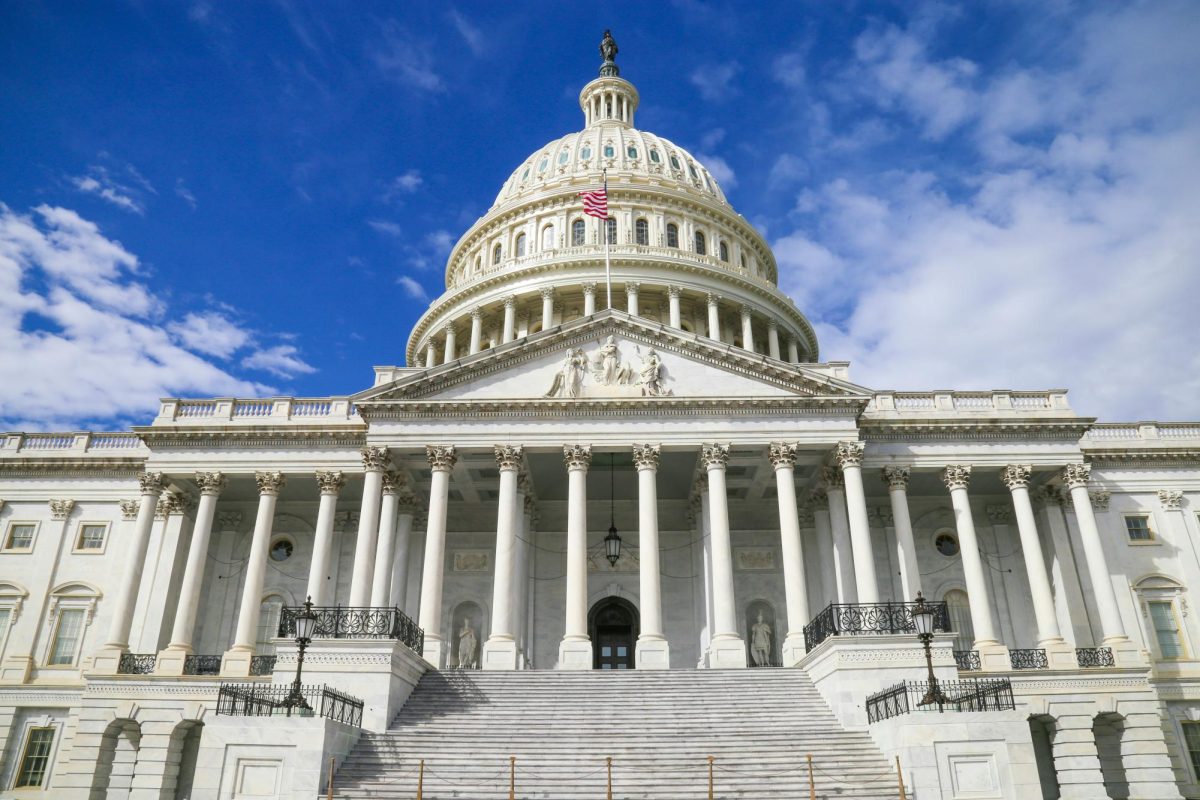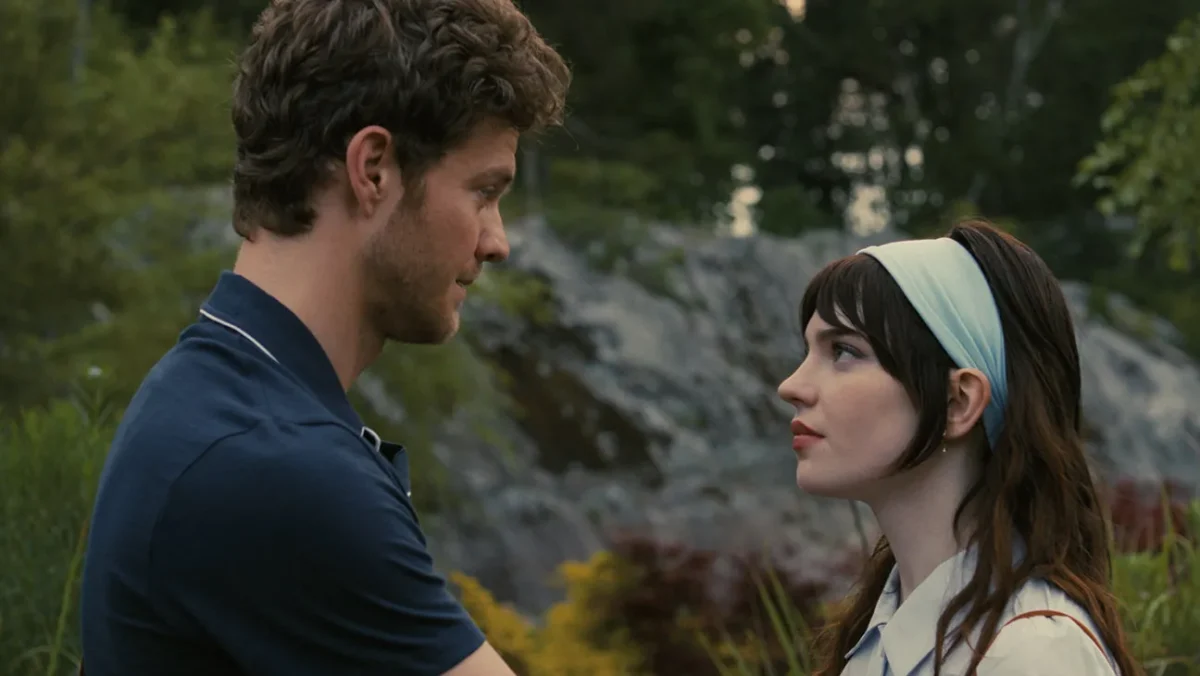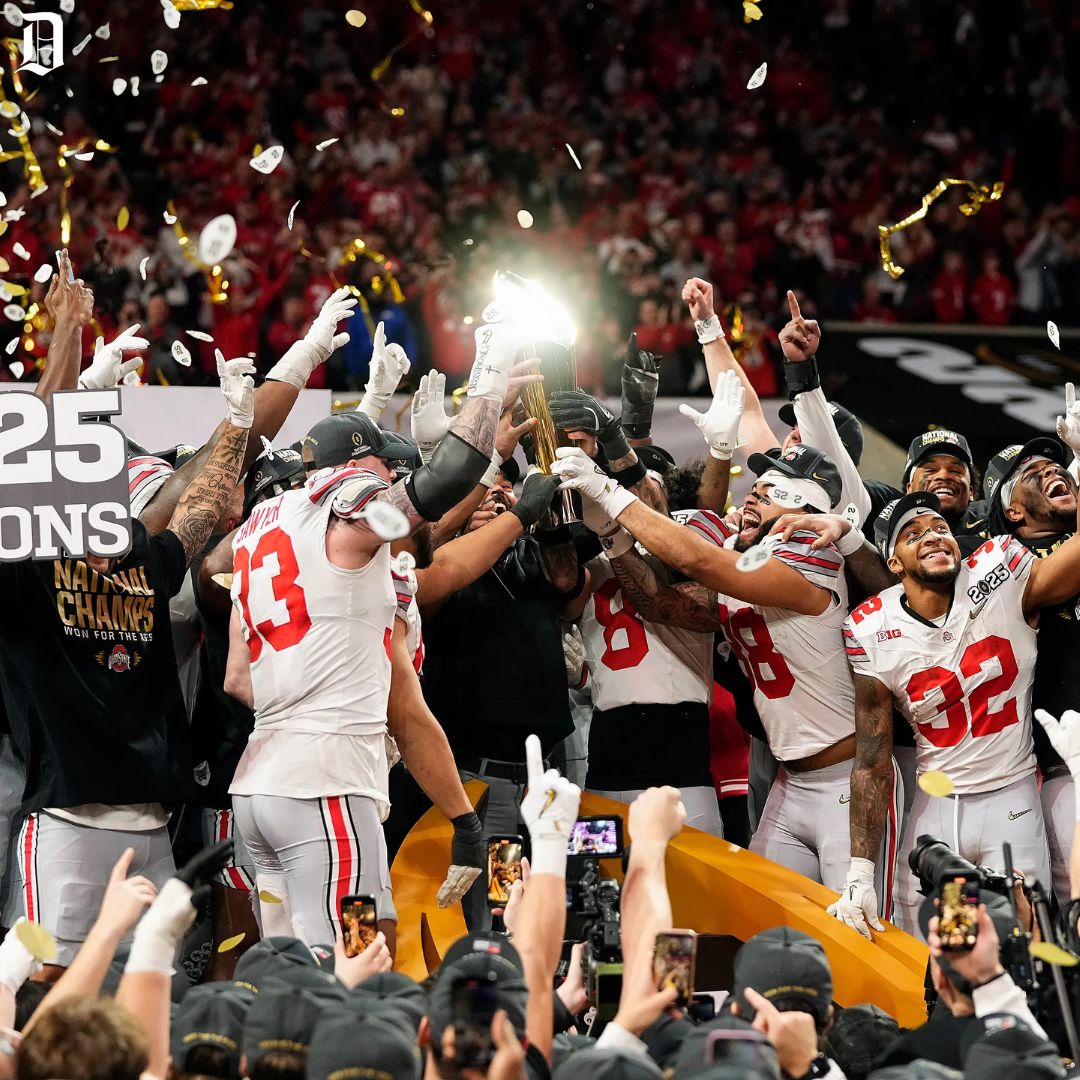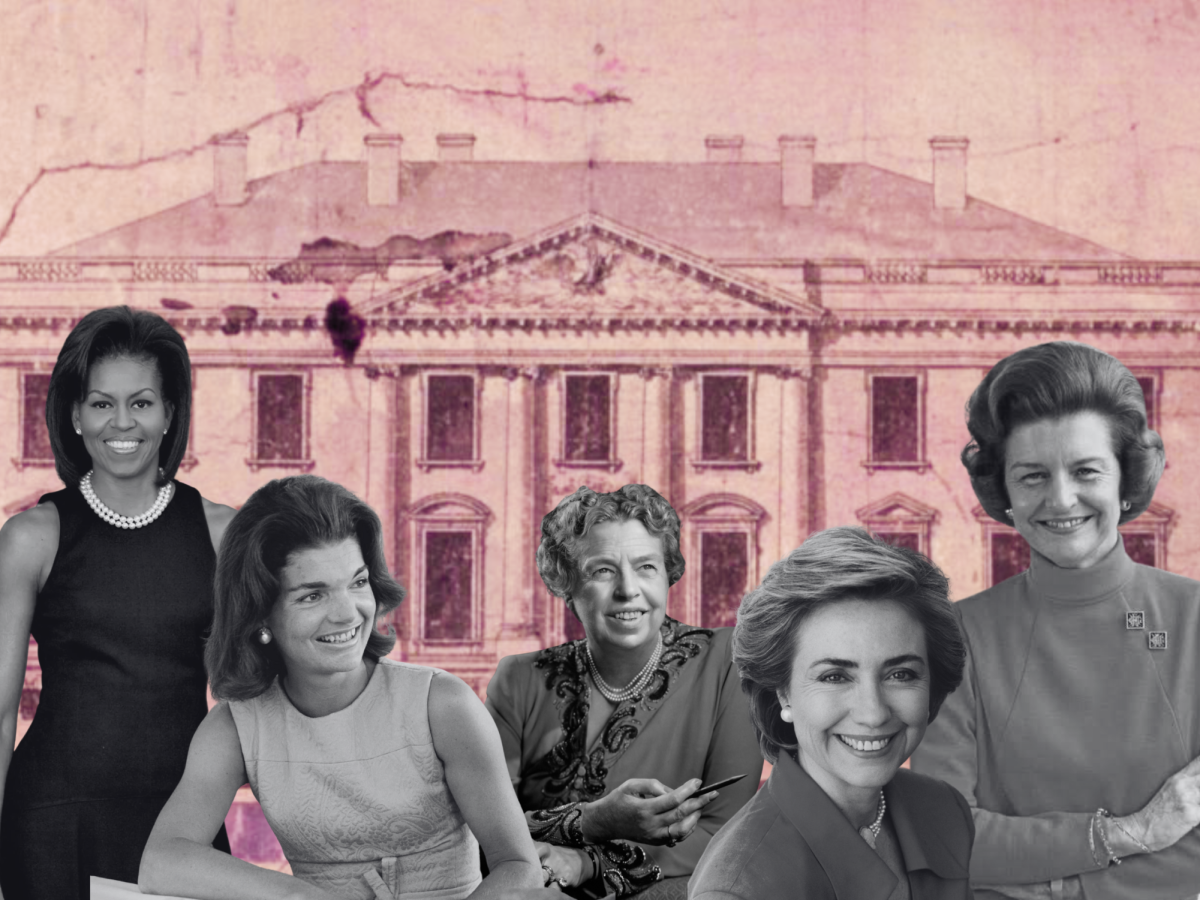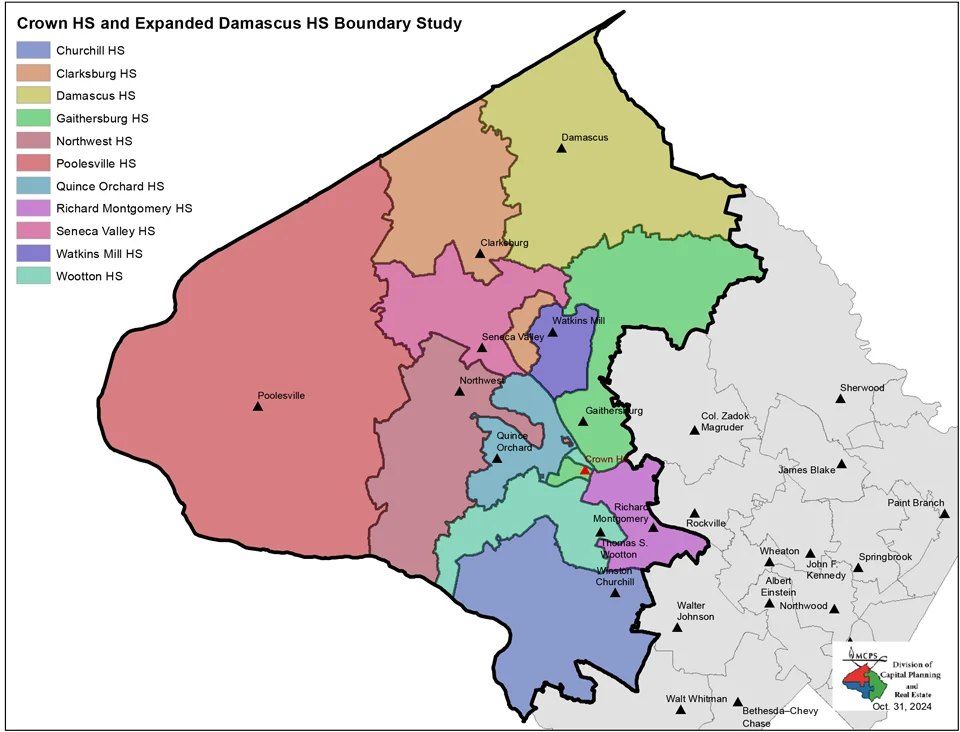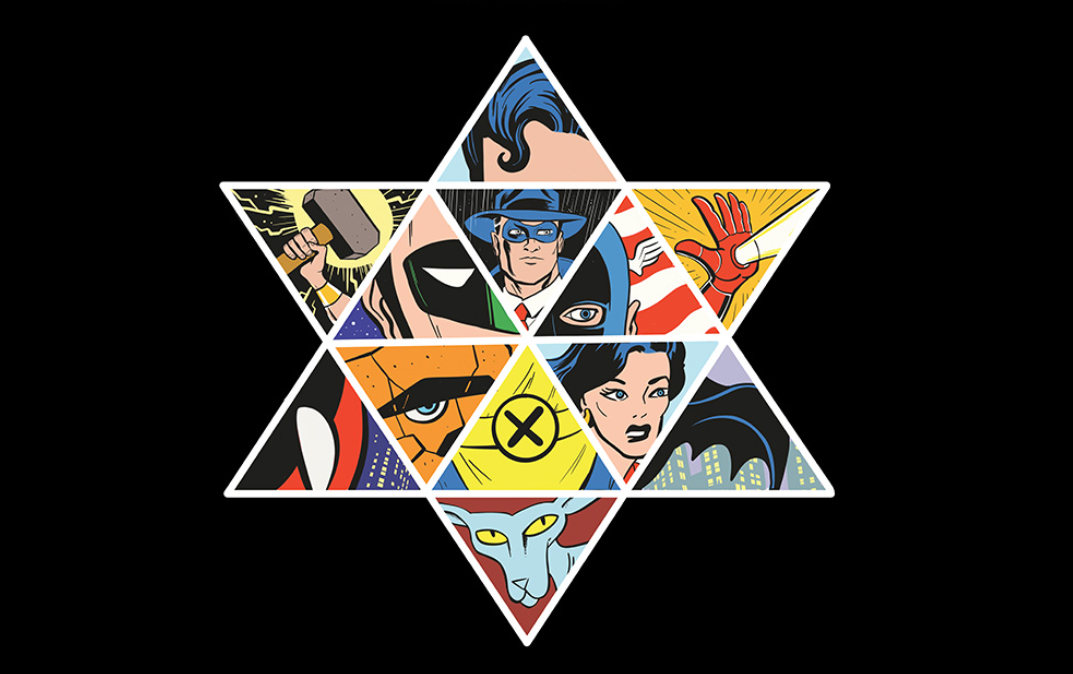In the summer of 2023, Hollywood production halted for the first time in over a decade as members of the Writers Guild of America — a labor union representing writers in various media formats — went on strike for higher compensation and safeguards against artificial intelligence (AI). The strike’s resulting contract — called the Minimum Basic Agreement — gave the Guild exactly what it sought. The “AI-protected” areas, as defined by the Minimum Basic Agreement, pertain strictly to the use of generative AI in the screenwriting process. AI still has a presence in Hollywood despite the changes made, affecting over 20% of jobs in film, television, and animation. However, as more productions utilize AI, the question of what is artistically ethical arises. To improve the movie-watching experience and protect production staff members’ jobs, studios should understand the positive aspects of AI, but set strict boundaries on its use.
“Dune: Part Two,” released in March 2024, openly used such technology and received worldwide praise. In the first installment, to produce the deep blue eyes the planet’s natives receive from exposure to its “spice” fields, visual effects artists manually colored each eyeball frame by frame. With the film’s sizable cast, this was a lengthy process, even for such a large production team. To counter this burden in the second installment, they used machine learning to track the actors’ eyes and color them blue. They taught a program what an eye looked like, feeding it thousands of reference pieces, and used it to track and color each eye. While the crew expedited the production process by using AI, it didn’t steal any jobs or sacrifice quality for the time-saving measure.
While films like “Dune: Part Two” showcase the potential benefits of artificial intelligence in the production industry, crews need to be careful in avoiding the harmful uses of AI.
For example, the 4K digital remaster of “True Lies” used AI to sharpen images and reduce grain. While 4K Ultra HD is a label praised for its attention to detail, the film’s remaster is full of errors. What were once rough surfaces now look glossy, skin loses its texture, and many stills have distinct, unrealistic smoothness. Contrary to AI’s clever use in “Dune: Part Two,” its use in “True Lies” was lazy; it cut corners. If those who remastered the film had taken inspiration from the former, the final product would have been far stronger.
Unlike machine learning, generative AI should have no place in a single frame of any movie. It spews out regurgitated work from an abundance of references, with no capability of producing original content. Generative AI requests input from the user and generates what they ask, pulling from an expansive database of references and has severe consequences in its use.
Generative AI began to offer text generation in 2020, with image and video generation only available in 2022. “Late Night with the Devil” experimented with AI-generated images and released receiving intense backlash for it. Instead of supporting the gig economy, where larger studios or corporations contract independent artists to work on one or a small number of pieces, the film’s creators chose to employ generative AI. According to Cameron and Colin Cairnes, the film’s brother-director duo, they used three AI-generated stills as transitions throughout the film.
It takes the soul and personality out of art, and no artistic alterations could ever occur if productions depended on just generative AI. Human minds are at the center of innovation, but AI replaces them. According to a 2024 Hollywood Reporter article, Hollywood expects to terminate nearly 120,000 positions in the next two years.
However, generative AI doesn’t represent all of AI. Machine learning is a separate, broader AI technology limited by a crew’s vision. “Dune’s” blue eyes are a perfect example of machine learning’s practical use. There are countless cases where machine learning could help artists with their work, but generative AI’s negative impact overshadows this. Unlike generative AI, machine learning helps film productions without replacing jobs, creating a better experience for artists and audiences.
AI has a specific place in cinema, but the onus is on studios to ensure its use causes no harm to the film’s crew. Unlike generative AI, the general use of artificial intelligence shouldn’t be thrown aside; it has brilliant uses and both audiences and studios should accept it in filmmaking.



